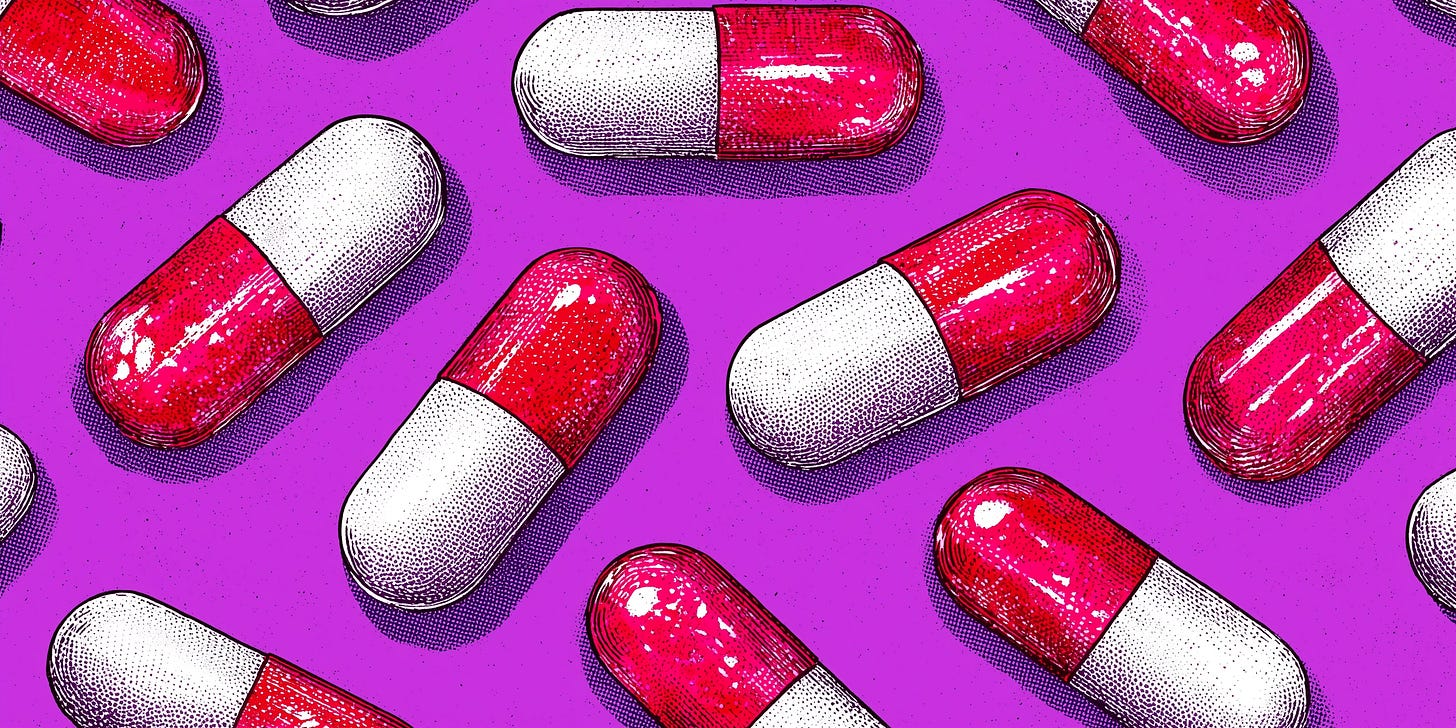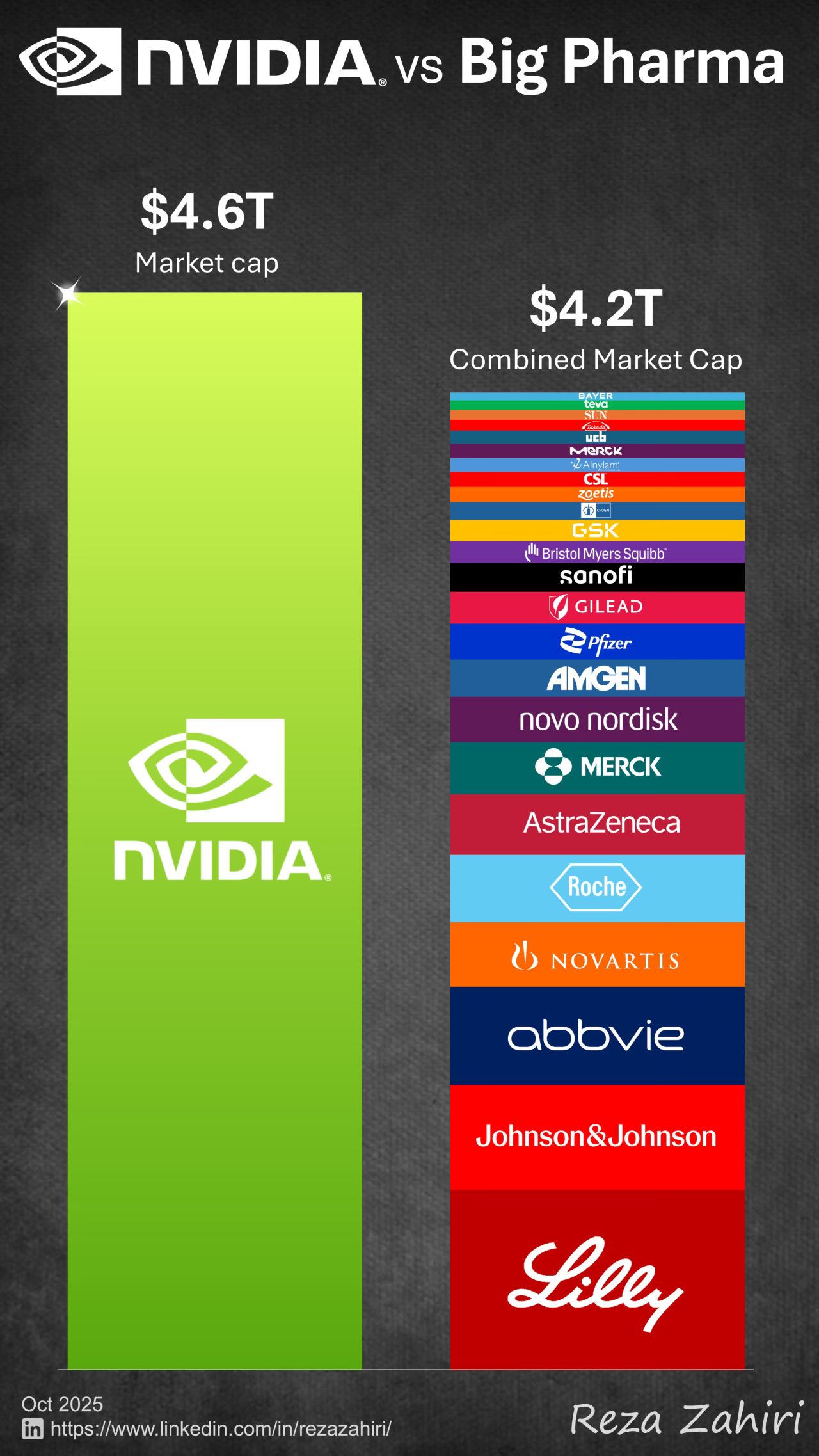Big Pharma really isn't that big
Five charts to start your day
I grew up in a household where drawers overflowed with tablets and medications. My mother was a clinical pharmacist, and I found myself immersed in her world at home. It was a peculiar time, before the opioid crisis transformed the pharmaceutical landscape. Drug representatives could brazenly distribute freebies to persuade doctors and pharmacists to choose their products.
Why do we focus on creating blockbuster drugs to cure diseases that might have been prevented early? My mother always grumbled about this. She said pharmaceutical companies prioritised profit. Healthcare costs have soared so high that public trust in these companies has eroded. The market appears convinced technology will transform our world in ways pharmaceuticals cannot. This is a paradox, given that innovations enabling longer, healthier lives should be valued above smartphones or social media platforms.
We’ve reached a juncture where society places greater faith in algorithms than in pharmaceutical companies. We trust artificial intelligence more readily than the firms that create our medicines. This trust deficit shapes healthcare and resource allocation. AI companies attract the lion’s share of investment whilst pharmaceutical firms remain in their shadow. Most troubling is what this reveals: we’re more excited about technological breakthroughs than medical miracles. We forget that artificial intelligence cannot replace effective medicines when illness strikes. That’s what this first chart is about..
CHART 1 • Big Pharma really isn’t that big
Nvidia’s valuation has reached the surreal. At $4.6 trillion, it is now worth more than the combined market capitalisation of the world’s 20 largest pharmaceutical companies, including Eli Lilly, Johnson & Johnson, Novartis and Roche. Together, those firms stand at about $4.2 trillion in collective market capitalisation. What once looked like an unassailable industry now looks modest beside Nvidia’s AI-fuelled ascent.
The company’s meteoric rise reflects extraordinary demand for its GPUs, which power the global AI boom. Nvidia reported $30 billion in revenue in its most recent quarter, up 122 per cent on the year. Data centre sales alone climbed 154 per cent. Investors are betting on years of dominance across the AI infrastructure stack.
The comparison is telling. Drug development remains essential, profitable and defensible, but it is slow, regulated and subject to pricing pressure. Chips, by contrast, are scaling at unprecedented speed. When a single firm’s valuation exceeds an entire industry’s, it says less about pharmaceuticals shrinking than about the market’s conviction that AI will reshape the world.
Source: Reza
This chart is very special because it was produced by my friend Reza Zahiri**,** who has worked tirelessly to visualise the pharmaceutical sector in data. It’s a tough job**,** to be honest**,** because sometimes those pharmaceutical companies don’t necessarily like to see the truth. But it’s a valuable bit of work and that’s why Reza is seen by many as a bit of a hero in the data visualisation world. He’s not afraid to show the truth even if it looks ugly at times.
I’ve got four more charts to share with you if you’d like to see them. These are charts that inspired me and got me thinking. But you will have to be a paid subscriber if you are interested. If you are, then I’d be glad to have you on board.




